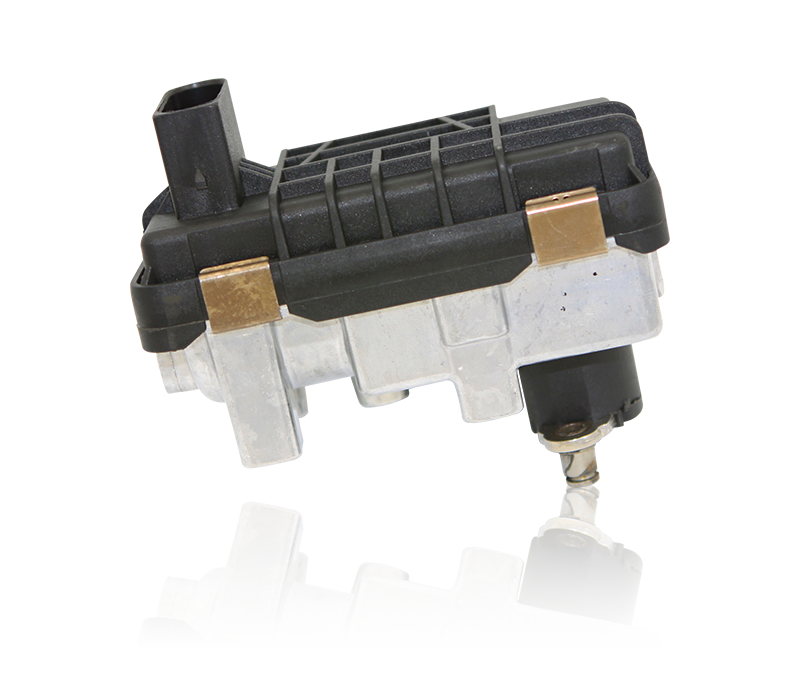Turbocharger fuel injection failure When the turbocharg […]
Turbocharger fuel injection failure
When the turbocharger fuel injection system fails and uses low-quality heavy oil, the after burning increases and the exhaust temperature becomes high. Regardless of full load or partial load, no matter how severe the afterburning is, the coordinated operating point is on the normal coordinated operating line. With the delay of the end of combustion, the exhaust temperature increases, the speed of the turbocharger increases, the compressor flow rate increases, and the pressure ratio increases. The operating point moves to the higher part of the curve, and the surge margin is less.
Cooling down
When the cooling capacity of the air cooler decreases, the exhaust temperature of the diesel engine rises, the compressor speed rises, and the operating point moves to a higher place, and the surge margin decreases.
In short, the non-flow path blocking factors will not affect the flow characteristics, and will not change the position of the turbocharger and diesel engine's coordinated operating line. Only changing the position of the turbocharger and diesel engine's coordinated operating point on the coordinated line is causing the diesel engine The secondary cause of supercharger surge.
The exhaust gas turbocharger uses the high-temperature exhaust gas of 700-900 degrees Celsius discharged from the engine to drive the turbine in the turbine to rotate. The turbine shaft drives the impeller in the compressor to rotate at a high speed, compressing air in a centrifugal manner, and increasing the intake density of the engine. 2-3 atmospheres. So we can inject more fuel to the engine to achieve the purpose of improving the engine's own power.
The exhaust gas turbocharger is composed of a turbine driven by exhaust gas, a compressor for compressing fresh air, an intermediate supporting the bearing in the middle, and a bypass valve control mechanism. The turbocharger actuator manufacturer's turbocharger shall refer to the engine intake turbocharger, including three types: exhaust gas turbocharger, mechanical turbocharger, and electric-assisted turbocharger. The supercharger compresses air to increase the intake density of the engine, thereby increasing the engine's power per liter. At the same time, the mixed combustion adjustment of the engine has been improved, which improves the combustion efficiency, and can also save fuel and reduce emissions. It is an important technological advancement of modern engines. Nowadays, the most common application is the engine exhaust gas turbocharger. Below we will specifically explain some related knowledge of the engine exhaust gas turbocharger.
https://www.fcfuda.com/
